Apart from the projects developed locally, we also operate in what we call theme projects, which are broader in terms of activities and territories. This line includes Integrated Solution projects developed in Brazilian Protected Areas, and Research & Development initiatives.
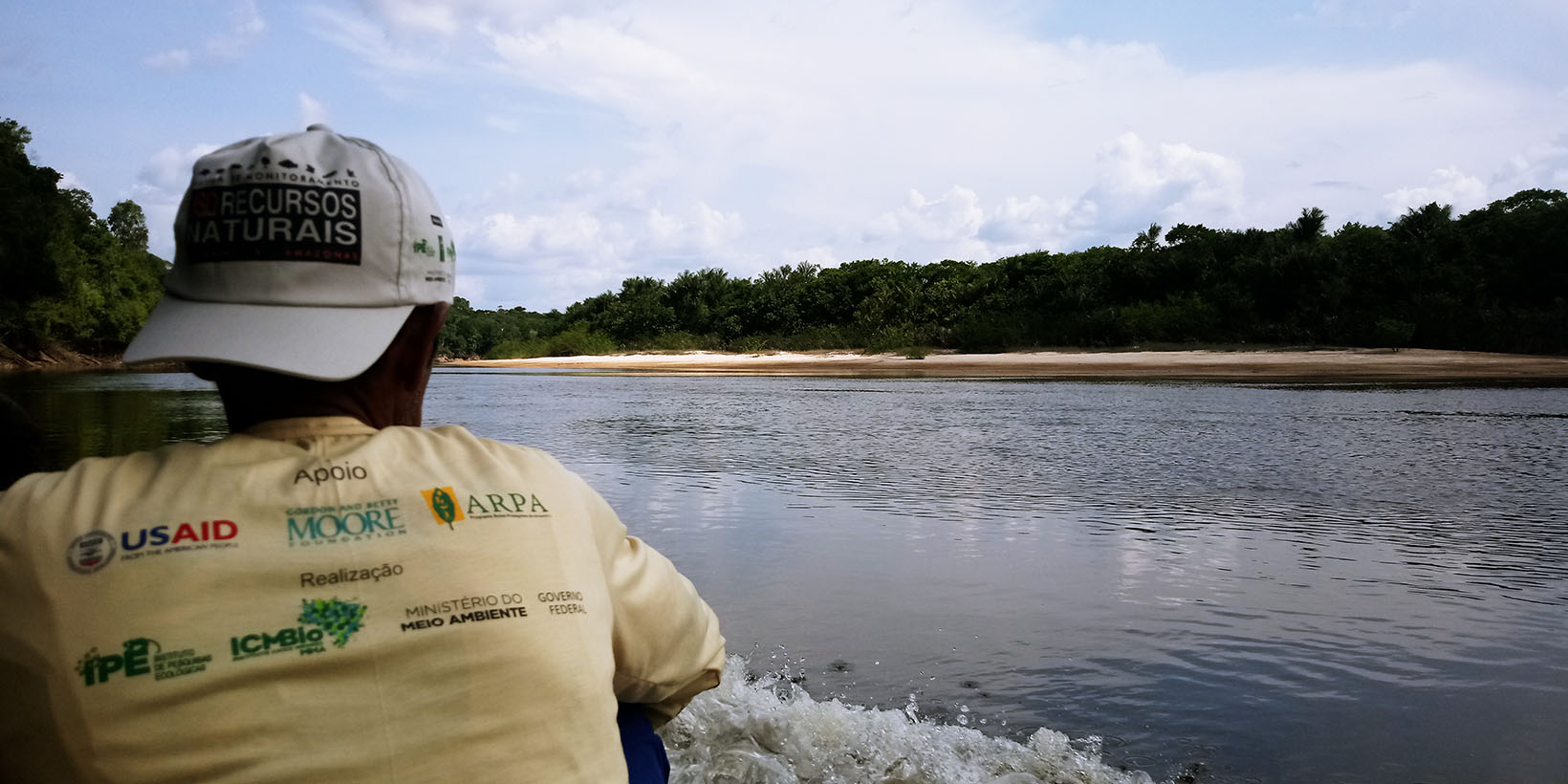 picture by: Virginia Bernardes
picture by: Virginia Bernardes
In the Amazon, we have 352 Protected Areas and 380 Indian Territories that have been demarcated, totaling 732 Protected Area. But the low level of consolidation of these protected areas expands the vulnerability of forests, biodiversity and the people of traditional communities. Deforestation and forestry degradation are the main causes for loss of biodiversity and emissions of gasses that affect the climate. In search for consolidation of these areas and conservation of biodiversity, IPÊ promotes Integrated Solution projects in the biome, since 2013.

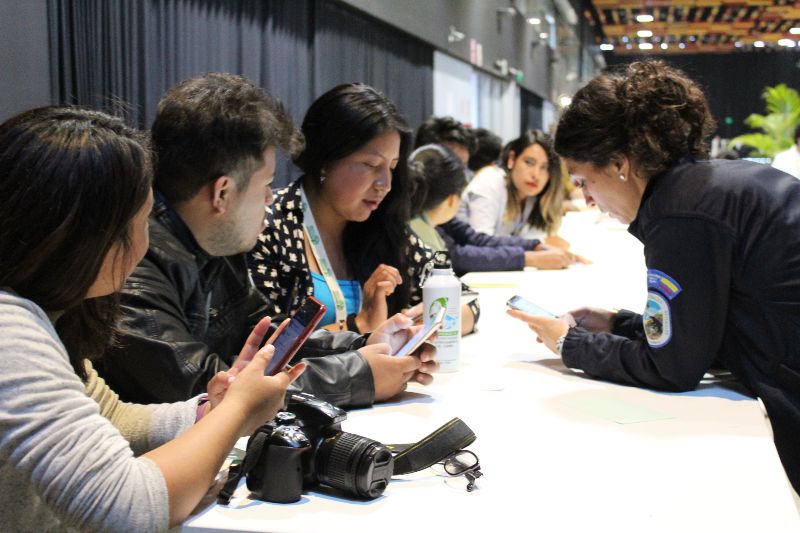 picture by: Cibele Tarraço
picture by: Cibele Tarraço
IPÊ participated in the III Congress of Protected Areas in Latin America and the Caribbean, in Lima (Peru), where it presented the results of the Integrated Solutions for Protected Areas. We brought to the debate the part played by the Third Sector to support management of Protected Areas, participative monitoring of biodiversity and volunteers as an innovative form of conservation in Protected Areas. We introduced LIRA as one more strategy to strengthen these areas and we also covered the part of young leadership in conservation.
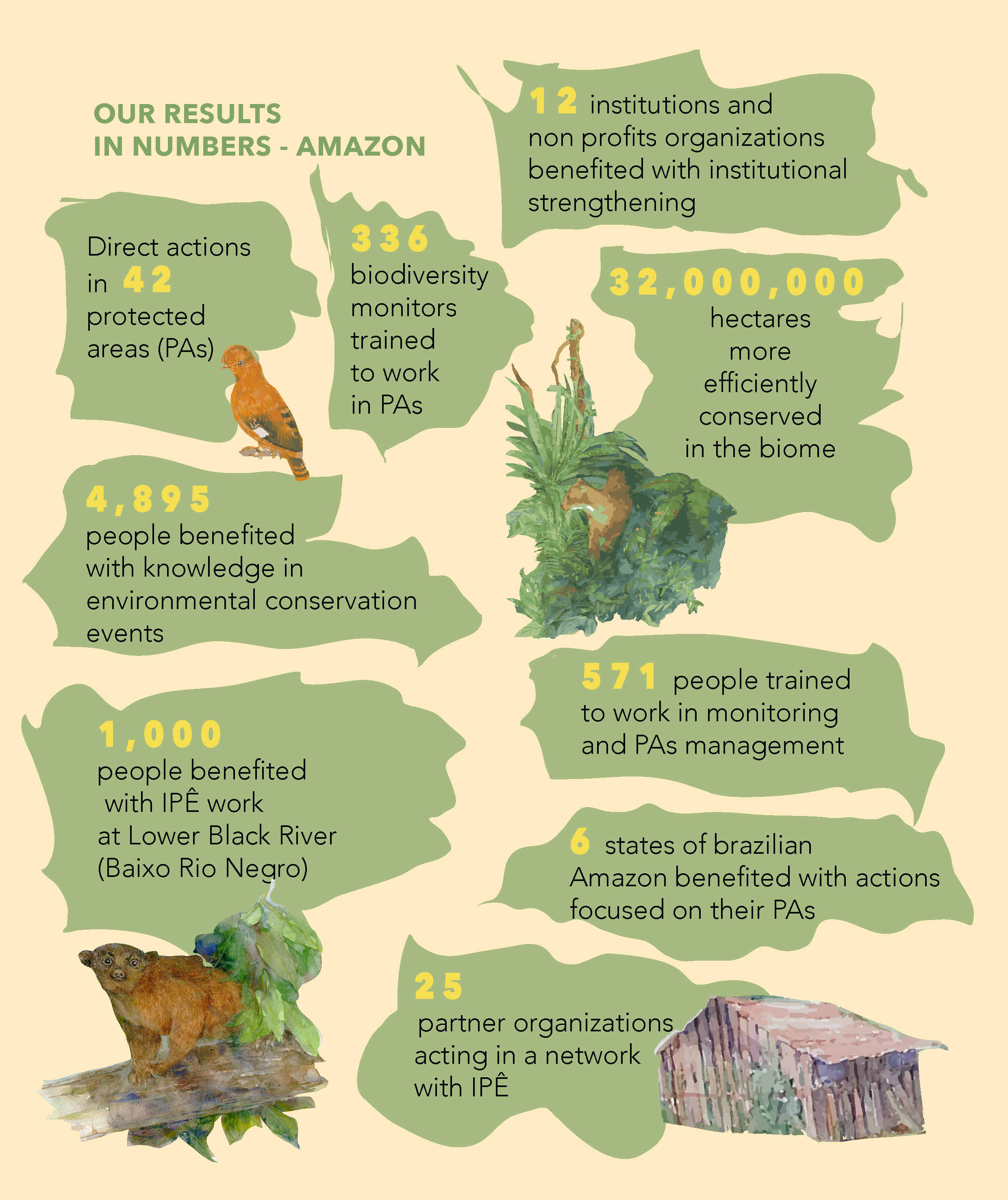
In 2012, IPÊ and Chico Mendes Institute for Biodiversity Conservation (ICMBio) joined forces with Gordon and Betty Moore Foundation in project Motivation and Success in the Management of Protected Areas (MOSUC). The initiative stimulates innovative activities and good planning and management practices in management of these areas. Furthermore, it promotes arrangements for expansion of the number of people and communities working together with the managers, as partners and volunteers.
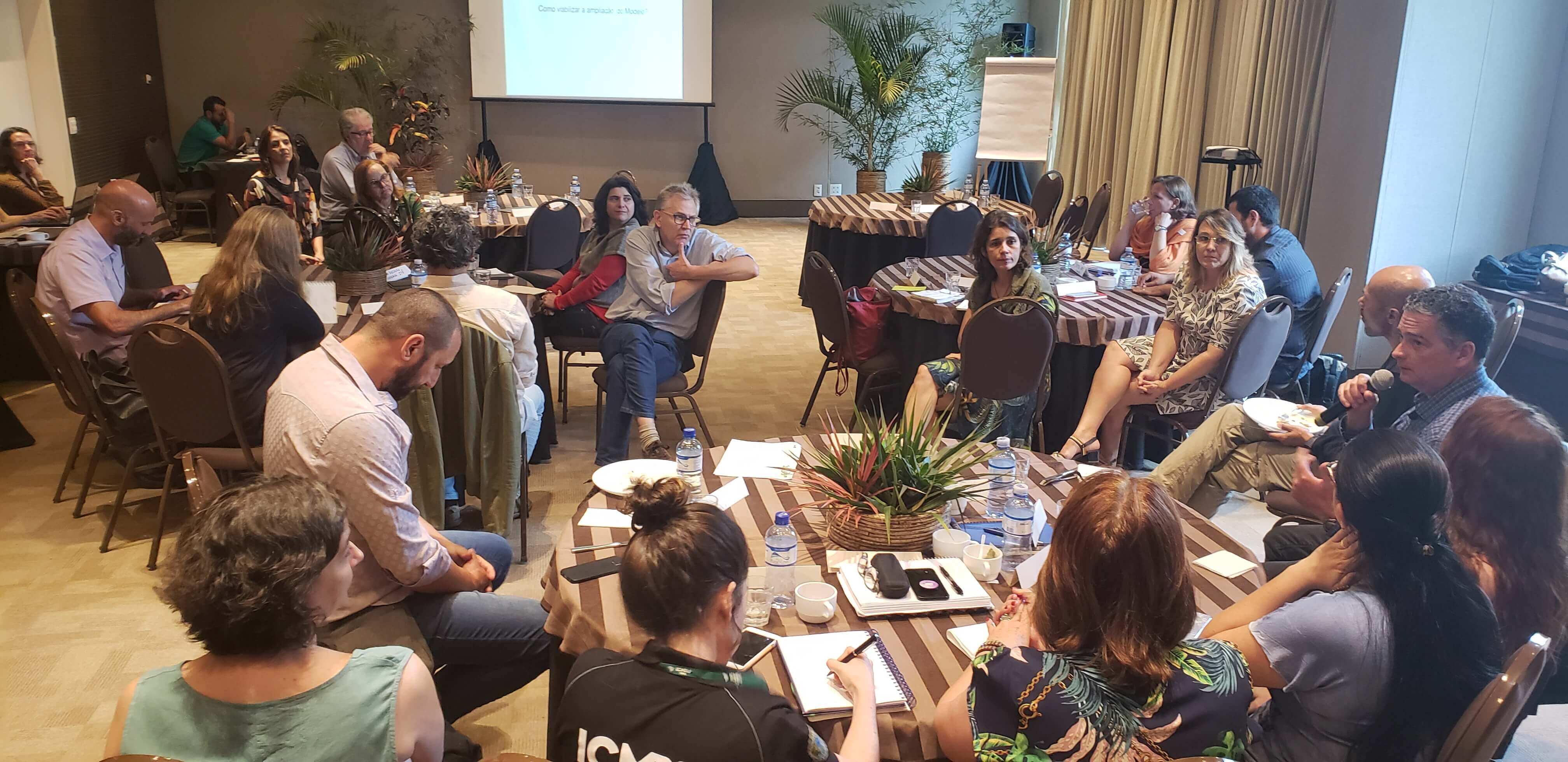 picture by: Arquivo IPÊ
picture by: Arquivo IPÊ
In August 2019, we ended the “Partnership Network” component of the project, a structure developed over the last two years, benefitting over 30 Protected Areas, including two integrated management nuclei and a special advance unit. The proposal was to provide models for the hiring of local NGOs to support the management of Protected Areas, targeting the development of these protected areas. In all, we have involved 12 local institutions and another 50 collaborators, covering an area of almost 29 million hectares of Protected Areas in the states of Roraima, Amazonas, Amapá, Pará, Mato Grosso, Rondônia and Acre.
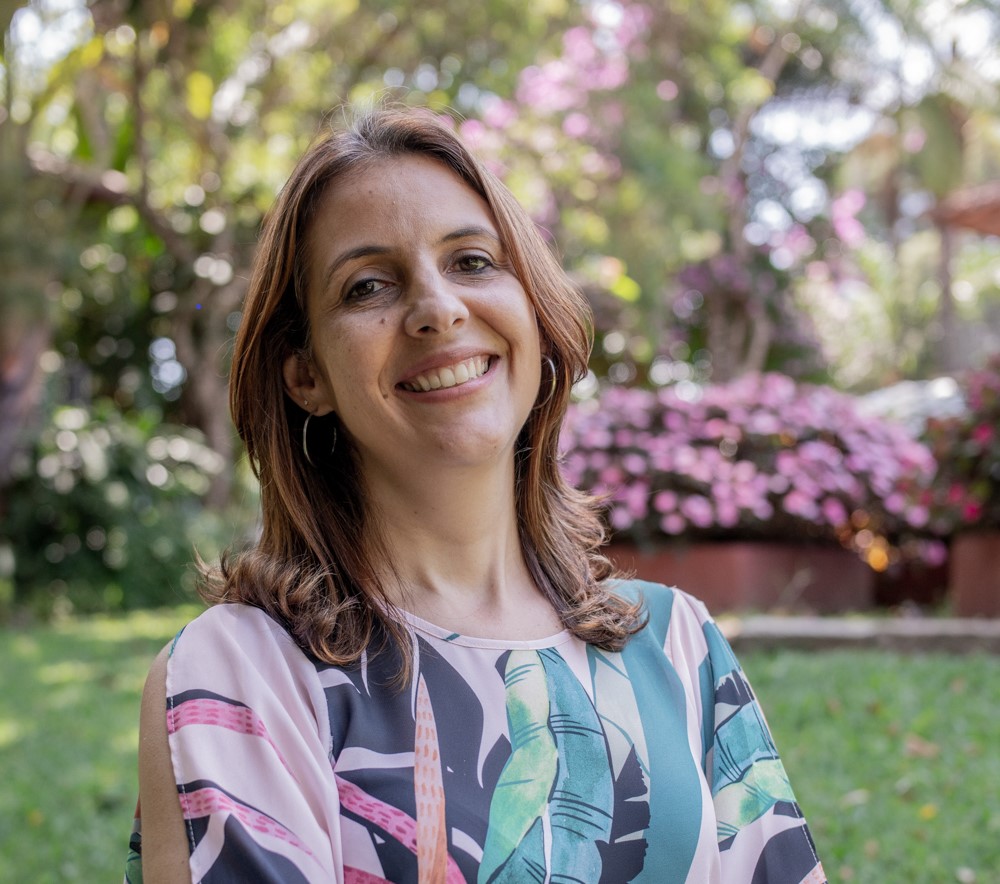 picture by: Ilana Bar
picture by: Ilana Bar
"In MOSUC, we managed something new in the management of Protected Areas in Brazil - the establishment of partnerships alongside civil society organizations to support the management of Protected Areas with the promotion of similar actions to those of a park ranger. The results of this experience were very positive, for example, with the increase of integration of the Protected Area with the local community, the institutional strengthening of small partner institutions, and expansion of the effectiveness of management of the supported Protected Areas,” , explains project coordinator Angela Pellin.

In the process of development of our projects, we seek to stimulate people by promoting knowledge and empowering them to develop their activities in an independent manner, in favor of their wellbeing and of conservation of biodiversity where they live.
Marilene Lima is one of the examples of results we get from this work. The daughter of a rubber farmer in the rural region of Sena Madureira (Acre), she is currently the head of Extractive Reservation (Resex) Cazumbá Iracema, one of the main Conservation Units in the state.
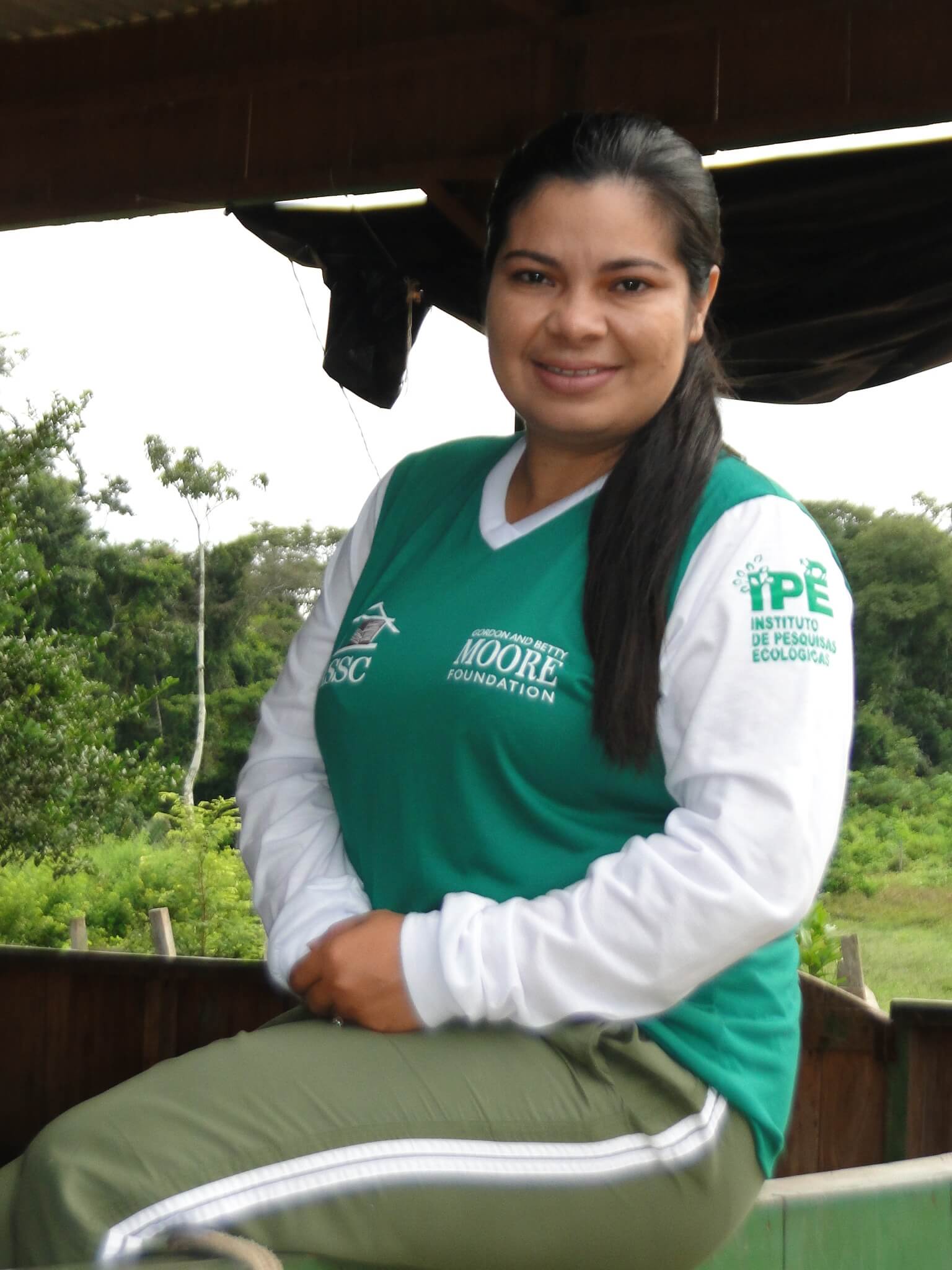
picture by: Arquivo pessoal
“Living the MOSUC project was the best opportunity I have had in my life, both in terms of knowledge and in professional development. I was against the Protected Areas, because my community was going to become a Resex, and I did not know what that meant or the benefit it could bring - and I learnt that in the MOSUC. It is very strange to me, the daughter of a rubber farmer, to become the head of a Protected Area like Cazumbá. But, I can now have a broad vision - that of someone who understands the residents of the Resex, as I come from a reality that is very similar, from a place lacking in technical planning and guidance about how to produce and sell. Today, as the head of the unit, I also feel respected due to that.”
Marilene Lima, head of Extractive Reservation (Resex) Cazumbá Iracema, one of the main Protected Areas in Acre, where over 370 families survive off the nuts, rubber trees, flour production and other activities.
* In memorian of Marilene Lima.
PARTICIPATIVE MONITORING OF BIODIVERSITY (MPB)
Biome:
Amazon
Area of operation:
17 Federal Protected Areas (11,970,762.04 hectares)
No of people involved:
1,103
In the MPB project, the community itself analyzed the status of local biodiversity conservation, like plants, mammals, insects. The figures generated in this monitoring program help establish ecological parameters for evaluation of the effectiveness of the federal Protected Areas. The information helps subsidize, evaluate and follow projected changes in distribution and sites where the species is identified on site answering to climate change and other threats. With this participation of society, the Protected Areas in the Amazon gained even more management support.
The MPB also supports the National Plan for Adaptation to Climate Change, which forecasts the implementation of a program for the monitoring of 50 federal Protected Areas, to evaluate and follow the impacts of current and future climate change on biodiversity.
The project, which partners with Chico Mendes Institute for Biodiversity Conservation (ICMBio)’s National Program for the Monitoring of Biodiversity (Monitora) and counts on the support of USAID, Gordon and Betty Moore Foundation and the ARPA Program, has already benefited over 4,700 people since 2013
The training of biodiversity monitors is one of the most important actions in the project. This is a chance for the population to learn more about the region they live in and also to prepare for the opportunity for volunteer or paid work at the Protected Areas. The courses also work on improving monitors who have already been trained.
For their monitoring work, communities apply methodological routes, which they design alongside Protected Area managers, specialist researchers, technicians and IPÊ researchers. The routes are important as they create a standardized database, used to make comparison and measurement of the state of the species analyzed. There are specific routes for monitoring nuts, fisheries, butterflies, wildlife, and lumber monitoring, among others. In the course, practice is emphasized, as is the exchange of knowledge.
In 2019, IPÊ worked on the training of biodiversity monitors in 14 Protected Areas, instructing 153 people. Currently, 183 work as monitors, 70 of them remunerated. This initiative of the MPB (Participative Monitoring of Biodiversity) project promotes the engagement of local communities in knowledge and conservation of species in fauna and flora.
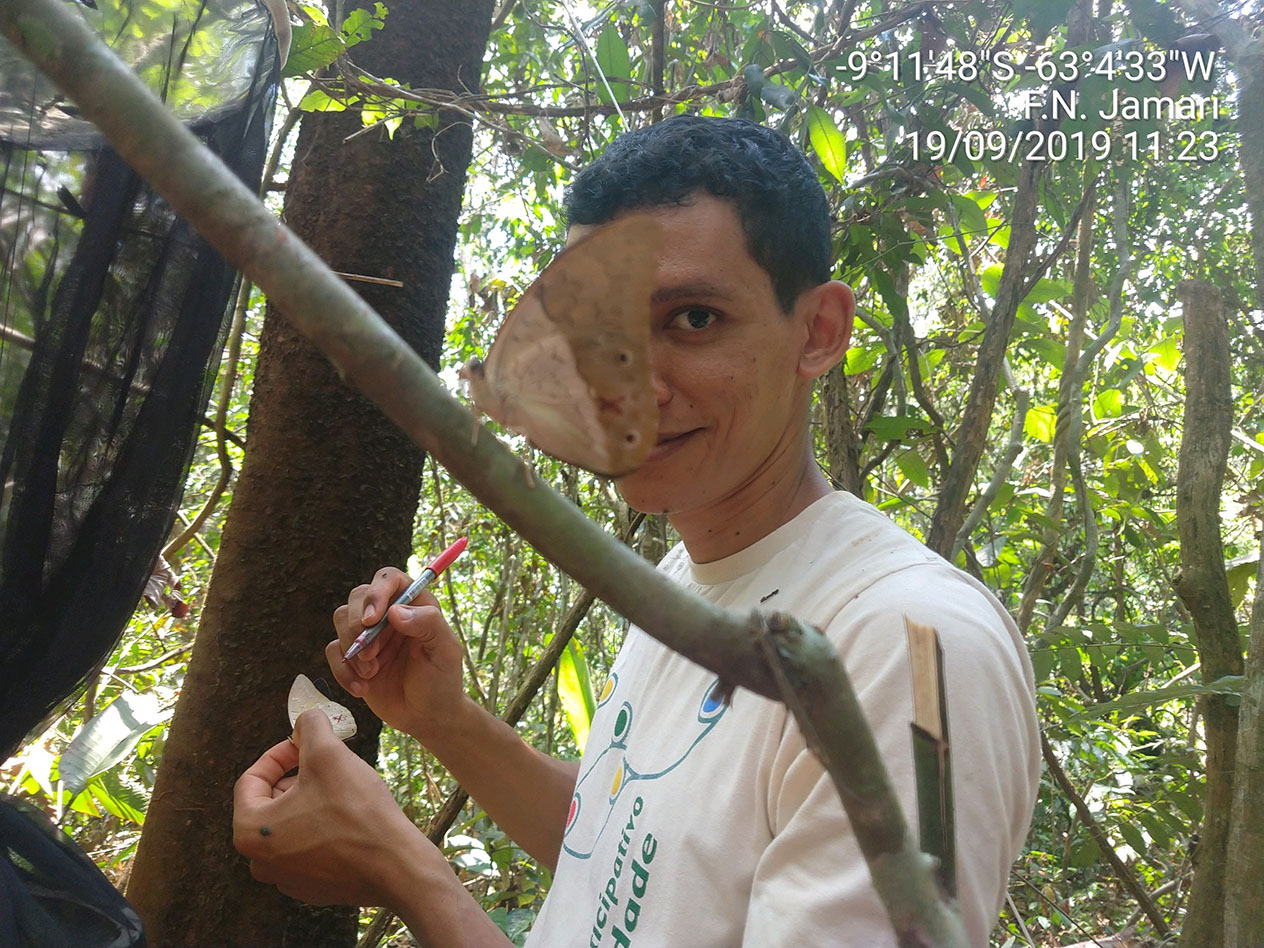
picture by: Camila Lemke
“I have always liked biology, but my sole purpose when I entered the project was income. After the course and the practical monitoring, everything changed. I noticed that it was not only an activity to generate income: I realized the importance of acquiring knowledge for life. There are incredible things to learn in biodiversity. Learning about the behavior of species, for example, is very interesting. I liked it very much. And I still have the chance to transfer this knowledge to my children, brothers and friends.” Zeziel F. de Moura Silva, biodiversity monitor at Flona Jamari since 2014.


Dialogue is always fundamental in participative processes. In the MPB, IPÊ and its partners promote actions that stimulate constant exchange of knowledge.
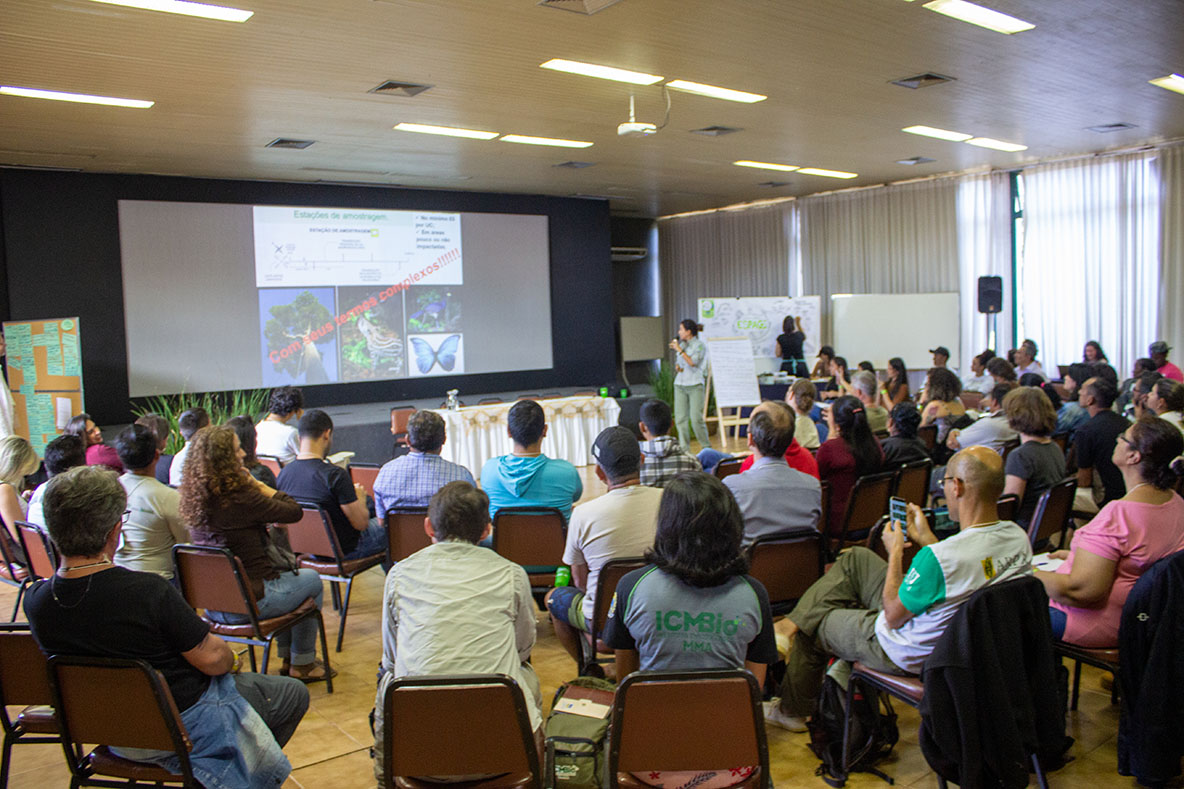
picture by: Gabriel Schulz
In 2019, the MPB promoted four editions of the “Meeting of Knowledge”. One of them, at Extractive Reservation (Resex) Cazumbá-Iracema (Acre), brought together over 120 people: monitors, members of the community, researchers and representatives of the ICMBio, IPÊ, Embrapa, WWF and the Sena Madureira Rural Worker Union. Community members also participated in at least four Resex sites: Cazumbá, Cuidado, Alto Caeté and Iracema.
There, the community was presented with the results of Protected Area monitoring and the next steps of the work were defined. This moment of giving back is part of the participative monitoring process and enriches the results of the project. This is the most strategic phase to make conservation of biodiversity something truly collective.
For example, the researchers noticed a reduction in the number of certain species of animals, and could not understand the reason. In conservation with monitors, who live in the community, it was discovered that the tabocais (bamboo forests where these animals live) had died off, and it was concluded that the animals could have left these monitored areas.
The event is part of the Collective construction of Learning and Knowledge, a consolidation of MPB project results.
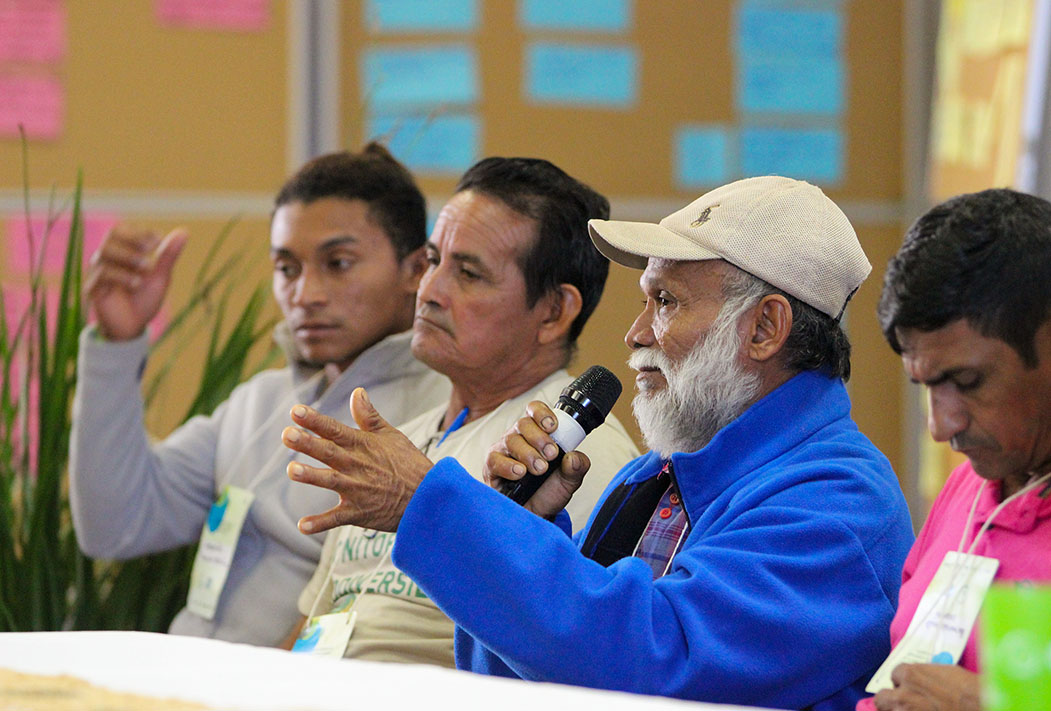
picture by: Gabriel Schulz
On Uatumã river, in Presidente Figueiredo (AM), is Balbina Hydroelectric Power Plant (UHE Balbina) dam, covering over 2,300 km2. There, the main fishery attraction is the tucunaré (peacock bass). To evaluate how to perform better management of the activity, 100 fishermen monitor the three species. The fishermen send information collected to monitors at the Vila de Balbina port, and to the Boa União do Rumo Certo community port.
To exchange information about this activity, currently fundamental for fishermen and for fish conservation, the so-called Participative Monitoring Dialogues were promoted in 2019. The events included users of lakes and monitors in the communities of Boa União do Rumo Certo, with 63 participants, and Vila Balbina, with 51 participants. Apart from them, the events also included representatives of the Uatumã Biological Reservation (Rebio Uatumã), IPÊ, the Presidente Figueiredo Fishery Union, and Z-6 Fishery Colony.
In 2019, we released the second edition of publication Participative Monitoring of Biodiversity: Learning Evolving. The book brings notes on the experience of Protected Areas in the Brazilian Amazon from 2013 to 2017, strategies, tools and a step-by-step process for implementation.

picture by: Gabriel Schulz
The II Seminar for Collective Construction of Learning and Knowledge, promoted by the IPÊ, in partnership with ICMBio, in June 2019, brought together 118 people, including managers, researchers, monitors and members of communities in Protected Areas and people who live close to these protected areas. Some participated in the project for Participative Monitoring of Biodiversity (MPB).
In the seminar, the experiences of participants in the project were shared. Conversation roundtables favored exchanges of experience in the monitoring of biodiversity in the Amazon. That was a moment to learn how monitors are playing their part as protagonists and how traditional knowledge is added to academic knowledge.
Considered the main event in Brazil in the area of scientific promotion, for the first time the National Science and Technology Week (SNCT) was promoted among river dwelling communities in the Amazon. The measure provides chances to multiply the knowledge of biodiversity research with the local population - that is, making Science more accessible - and is also a means to listen to these people, their knowledge, and to exchange learning.
In partnership with IPÊ’s MPB, the National Institute for Research on the Amazon (Inpa), with support of the Amazonas State Environment Secretariat (SEMA) and the Friends of the Manatee Association (Ampa), playful and informative activities were executed for youths, as were educational activities that generate income for adults.
The activities took place in October in the communities of the Lower Rio Negro (AM): Baixote and Pagodão, Sustainable Development Reservations (RDS) Puranga Conquista and São Sebastião, in the Aturiá Apuazinho Environmental Protection Area (APA).
LIRA – INTEGRATED LEGACY OF THE AMAZON REGION
Area of Coverage:
20 federal Protected Areas
23 state Protected Area
43 Indigenous Areas
(80 million hectares)
Estimated number of people benefited:
35,000 over the 5 years of the project
In 2019, we started project Integrated Legacy of the Amazon Region, the second main Brazilian conservation program. Inspired on federal government program ARPA, which aims to expand and consolidate the UCs, we developed a complementary action strategy and have inserted Indian land in the initiative. LIRA shall promote growth in the effectiveness of management of the protected areas for maintenance of standing forests and for the fight against great forestry degradation threats. On intensifying the integrated work performed alongside NGOs, Indian associations, extractivist associations, the private sector, and state and federal governments, the capacity and governance structure is created for socio-economic promotion and environmental conservation of the territory. The area of the project covers 80 million hectares of Amazon biome, grouped into six territorial blocks in the states of Acre, Rondônia, Amazonas and Pará.

In 2019, a call was issued to select eight organizations to work together with another 39 institutions. The projects will receive around R$ 40 million to implement actions by 2022. The objective is maintenance of the landscape, of climate functions and of socio-environmental and cultural development of people and traditional communities, benefitting over 35,500 people.
Those selected shall promote the following activities in the territory: structuring and fostering socially impacting business related to bio-economy; elaboration and implementation of the plan for territorial and environmental management (PGTA); forestry management plans; governance mechanisms; monitoring and protection systems; use of management and protection technology; integration with regional development; and access to public policies.
LIRA financial partners include the Amazon Fund/BNDES and Gordon and Betty Moore Foundation.
Learn more about LIRA and about the selected projects about:
https://lira.ipe.org.br
https://lira.ipe.org.br/index.php/edital2
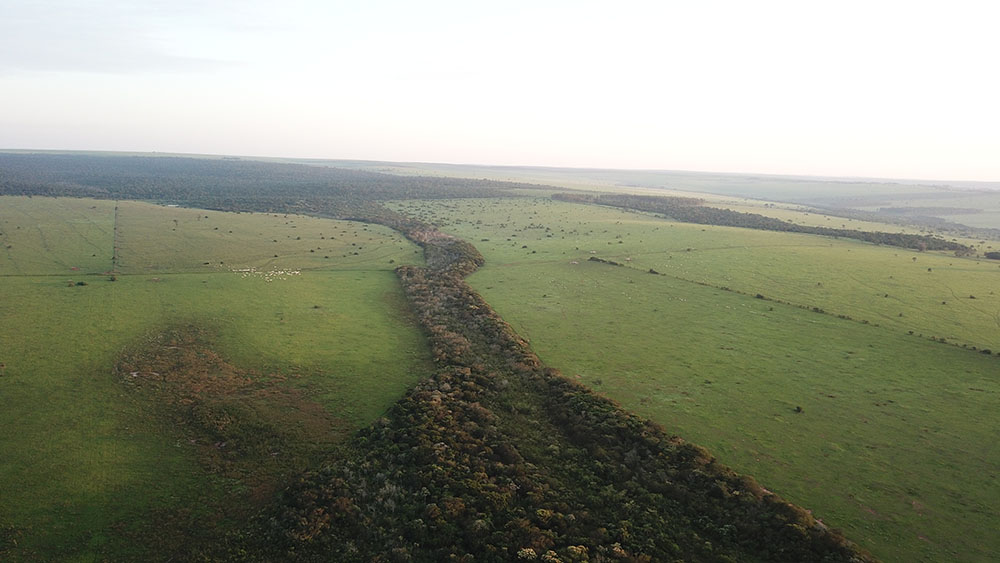 picture by: Laurie Hedges
picture by: Laurie Hedges
In 2019, to proceed with the partnership in research and development with company CTG Brasil in 2020, we developed a new proposal that originated project “Development of Simplified Procedures for Economic-Monetary Valuation of Ecosystemic Services and Non-Monetary Appreciation of Cultural Ecosystemic Services Associated to Forestry Restoration”. It should last 40 months and shall be developed in the Pontal do Paranapanema, in the West of the State of São Paulo, in the Environmental Conservation Areas (ACAs) maintained by CTG Brazil.
We are going to elaborate simplified procedures to stimulate the economic/monetary value associated to forestry restoration impacts in the company business. The figures should include costs avoided through the maintenance and mitigation of assets, or compensation due to environmental damages, and the potential revenues with new business based on ecosystem services.
Furthermore, we shall proceed with the collection of biodiversity data on birds, amphibians, bats, and other mammals of medium and large size, using autonomous recorders and camera traps, as well as water, soil and carbon analysis for new ACAs.
Also evaluated will be the economic and non-monetary value of forestry restoration alongside different social players and the perception with regard to external features produced, which directly influence company Social Licenses to operate. We will count on the participation of organizations like FEALQ- the Luiz de Queiroz Foundation for Agrarian Studies at ESALQ, Lavras University, and GVCes under Getulio Vargas Foundation.
CTG Brasil has already invested in actions that resulted in the plantation of 11 million trees (on 6.715 hectares) and in conservation of 2,818 hectares of natural regeneration areas, assisting in the conservation of landscapes in the ACAs involved.